A Movement Manifesto
Leave a CommentA personal movement manifesto for all
Humans have evolved through adaptation to moving in their environments. My goal is to help people learn to enjoy movement and make it part of their physical and mental selves.
Physical activity is often reduced to a number: “10,000 steps”, “walk a mile a day,” or ’100 reps’. By focussing on the number you eliminate joy, discovery and variety. That is a quick way to put people off.
Here is my Movement Manifesto that will hopefully encourage people of all ages to take part in and explore movement.
3 Mantras:
· Move well, move often.
· Variety is the spice of exercise.
· Monotony ages you, novelty invigorates you.
Locomotion: moving!
Rhythmical, continuous movements such as cycling, walking, running, swimming, skipping rope and rowing are essential for heart health and overall well being. They form the foundation of aerobic (with oxygen) fitness and the continuous, cyclical, rhythmical action is also good for mental health and stress relief.
Other activities such as gardening, climbing and dancing are useful too but are more intermittent by their nature.
Talking of nature, doing these activities outdoors, in natural environments has proven health benefits compared to doing the same exercises indoors. Walking in parks, fields, woods and hills is different from walking on a treadmill watching t.v.
Resistance Training: Overcoming Gravity
We need resistance training to improve our bone and muscle strength. Gravity is continuously working upon us and our posture suffers. We also need strength to perform activities of daily living such as shopping, laundry and picking up children.
Resistance training includes bodyweight exercises (jumping, climbing, hanging) and the use of external resistance (dumbbells, sand disks, medicine balls, Indian clubs, barbells and kettlebells).
The use of chairs and benches to perform sitting and lying down exercises is not recommended. unless you are injured. because they restrict movement. Train your whole body: from fingernails to toenails.
The heavier the load, the less variety you can incorporate into your training. A balance of simple exercises with heavier loads and expansive exercises with lighter loads is good.
Move like a child
Children learn to move by rolling and crawling. They love to hang from things and explore the environment. Every day is a learning day and they are delighted with every new skill.
Moving like a child will help connect your mind and body: you will be playful in attitude and purposeful when you learn new skills. Getting up and down and moving around the ground helps you coordinate and link all the parts of your body. This strengthens and stretches joints, muscles and fascia (the connective tissue under your skin) that upright activities are less able to do.
Learning new things breaks up your routine and habits. This stimulates the mind and body and forces them to adapt and become more adaptable. Learning is also fun. Try one new exercise or variation every week or work on a new skill until you are competent and then try another.
Change the speed
Move fast, move slow, change your speed. The simpler the exercise, the easier (and safer) it is to move fast or to add some resistance. Sprinting needs to be done fast! Squats are a simple exercise that can be loaded through resistance or volume.
Forward rolls, the downward dog stretch and jumping over obstacles require different speeds but are all finite in the amount you can do.
- Have some slow movements that require control and balance and stretch you.
- Have some fast movements that require a greater effort and then rest.
- No one mode of movement is the answer to everything.
We all have our preferences and it is great to do more of what we like. Including a little bit of everything else will help you maintain a healthy, balanced enjoyment of movement throughout your life.
If you are a runner, lift some weights and try yoga.
If you are a weight lifter, go for a long walk or a swim.
If you are a tennis player, try climbing (you have to use both arms) or learn to do a handstand.
Summary
We are all different and so following a single plan is unlikely to succeed. Our modern environments are, for the most part, safe and ordered and we easily adjust. Our movement needs to change to create change within our bodies and minds.
- Move
- Overcome
- Learn
- Change
- Enjoy
If you wish to learn more then come to one of my movement workshops or email me.


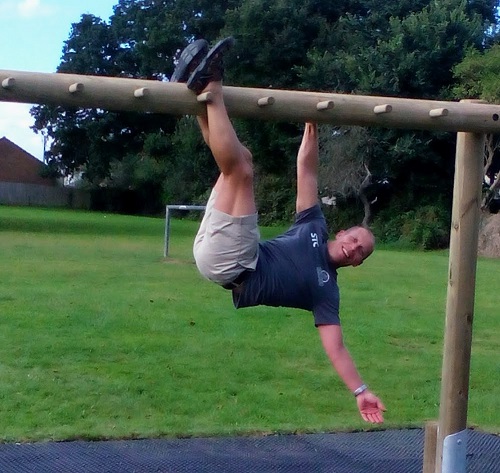


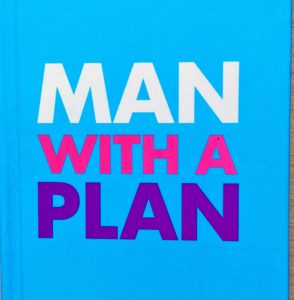
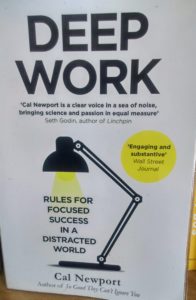



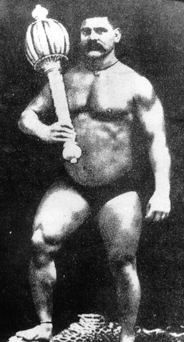 I always like it when I meet a young athlete and they tell me they do a few press-ups and sit-ups in the morning before
I always like it when I meet a young athlete and they tell me they do a few press-ups and sit-ups in the morning before How to get better at sport
How to get better at sport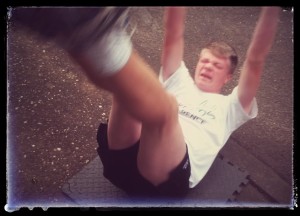
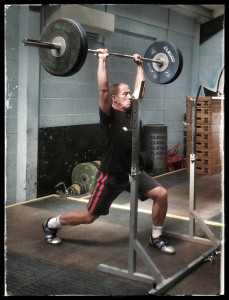
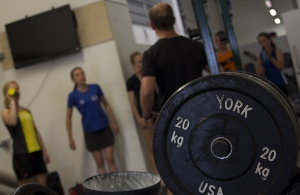 I was training 3 athletes in the gym a couple of weeks ago, they were doing one of my usual warm ups, no music, no shouting, no distractions.
I was training 3 athletes in the gym a couple of weeks ago, they were doing one of my usual warm ups, no music, no shouting, no distractions.
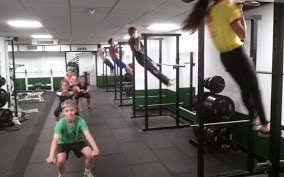 Easier said than done, but if there is a group of you, it is better to train in an empty facility with limited equipment, than a super duper facility surrounded by numpties.
Easier said than done, but if there is a group of you, it is better to train in an empty facility with limited equipment, than a super duper facility surrounded by numpties.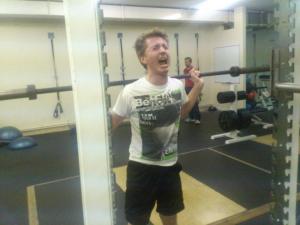
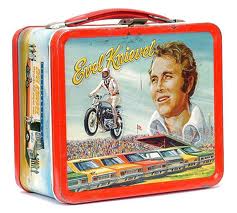
 You know what a winner is? A winner is somebody who has given his best effort, who has tried the hardest they possibly can, who has utilized every ounce of energy and strength within them to accomplish something.
You know what a winner is? A winner is somebody who has given his best effort, who has tried the hardest they possibly can, who has utilized every ounce of energy and strength within them to accomplish something. 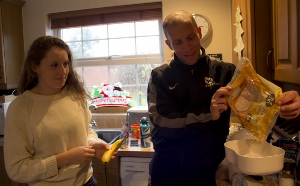 Do you fuel yourself properly? After sleep, this is an easy way of distinguishing between those who are serious about performance and the also-rans. The
Do you fuel yourself properly? After sleep, this is an easy way of distinguishing between those who are serious about performance and the also-rans. The Do your sessions have purpose? Or are they organised despair? There is a big difference between doing “stuff” that gets you tired and
Do your sessions have purpose? Or are they organised despair? There is a big difference between doing “stuff” that gets you tired and 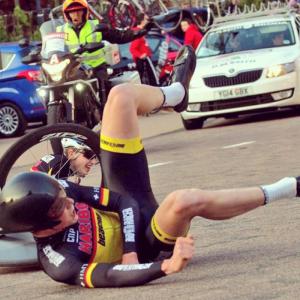 Have you given it your all? This may be hard to quantify, and you can only give the best that you are capable of at that time. If you look in the mirror at the end of the day and say “I had a little bit left” then how will you be able to cope when that choice is taken away from you? Sometimes you have to
Have you given it your all? This may be hard to quantify, and you can only give the best that you are capable of at that time. If you look in the mirror at the end of the day and say “I had a little bit left” then how will you be able to cope when that choice is taken away from you? Sometimes you have to 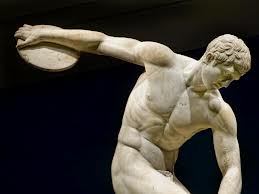 “So you want to conquer in the Olympic Games, my friend. But first mark the conditions and the consequences, and then set to work.
“So you want to conquer in the Olympic Games, my friend. But first mark the conditions and the consequences, and then set to work. 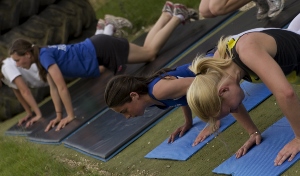 Often they are the most talented ones too and are “anointed and appointed” (as Vern Gambetta would say) at a young age.
Often they are the most talented ones too and are “anointed and appointed” (as Vern Gambetta would say) at a young age.